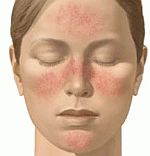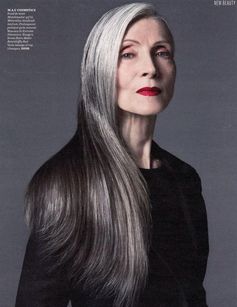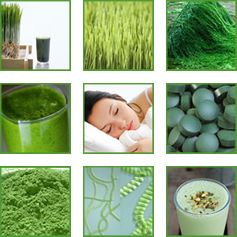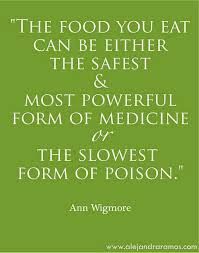 Amazingly – many people who suffer rosacea symptoms don’t even know that they have the condition. Increased skin sensitivity and facial redness is more common in middle age and beyond and too many of us suffer in silence when we should be taking action.
Amazingly – many people who suffer rosacea symptoms don’t even know that they have the condition. Increased skin sensitivity and facial redness is more common in middle age and beyond and too many of us suffer in silence when we should be taking action.
Although there is no cure – when caught early the symptoms of rosacea can be treated much more effectively and early treatment means that long term discomfort and permanent changes to the skin are prevented.
So how do you decide whether your sensitive skin is really facial rosacea? Whilst there is no definite test – you can go a long way to diagnosis by observing whether you get some critical symptoms.
Here’s a checklist of the six most common symptoms so you can do your own diagnosis:
1. Frequent facial flushing: The single most common symptom of rosacea, facial flushing is caused by an increase of blood flow to the blood vessels in the affected regions of the face. Depending on the advancement of the disease, flushes can stay only for a few seconds, or last for days or even months.
2. Broken capillaries:These are tiny broken blood vessels fixed in their dilated state. They look like very fine red lines just beneath the surface of your skin and they are a direct result of continued flushing of the face.
3. Increased skin sensitivity: The skin on your face may become very sensitive to any outside trigger. It may feel sore to the touch and ‘raw’ on occasions.
4. Lumpy, rough or coarse textured skin on your face: This is more common if the condition is allowed to advance. The lumps and bumps are caused by localized swelling and the leakage of inflamed cells into the upper skin layers. Other lumps, called papules, may appear as well as small red, liquid-containing bumps that form around sebaceous glands. These two common rosacea symptoms may be mistaken for acne, but should never be treated in the same way.
5. Burning sensations: This are common when your face is exposed to sun, wind or extreme cold. The heat associated with dilated veins and increased blood flow can cause the nerves in your face to activate when they should not. In some people, burning sensations can become so severe they interrupt normal daily activities.
6. Inflammation of the eyes and eyelids: Ocular rosacea – as it is known – affects more than half of all rosacea sufferers and symptoms also include blood shot and weeping eyes.
Your age can make rosacea a more likely diagnosis – most sufferers first get the condition in their later years typically over thirty and before the age of sixty five. If you can tick off many of the symptoms in the list above then you may want to get the diagnosis confirmed by a dermatologist who has experience of the condition.
Catching rosacea early and starting a program of treatment and self management including the application of appropriate rosacea skin care products is vital.
Ignoring any of the classic rosacea symptoms may mean the condition worsens and treatment becomes much more difficult.






Speak Your Mind